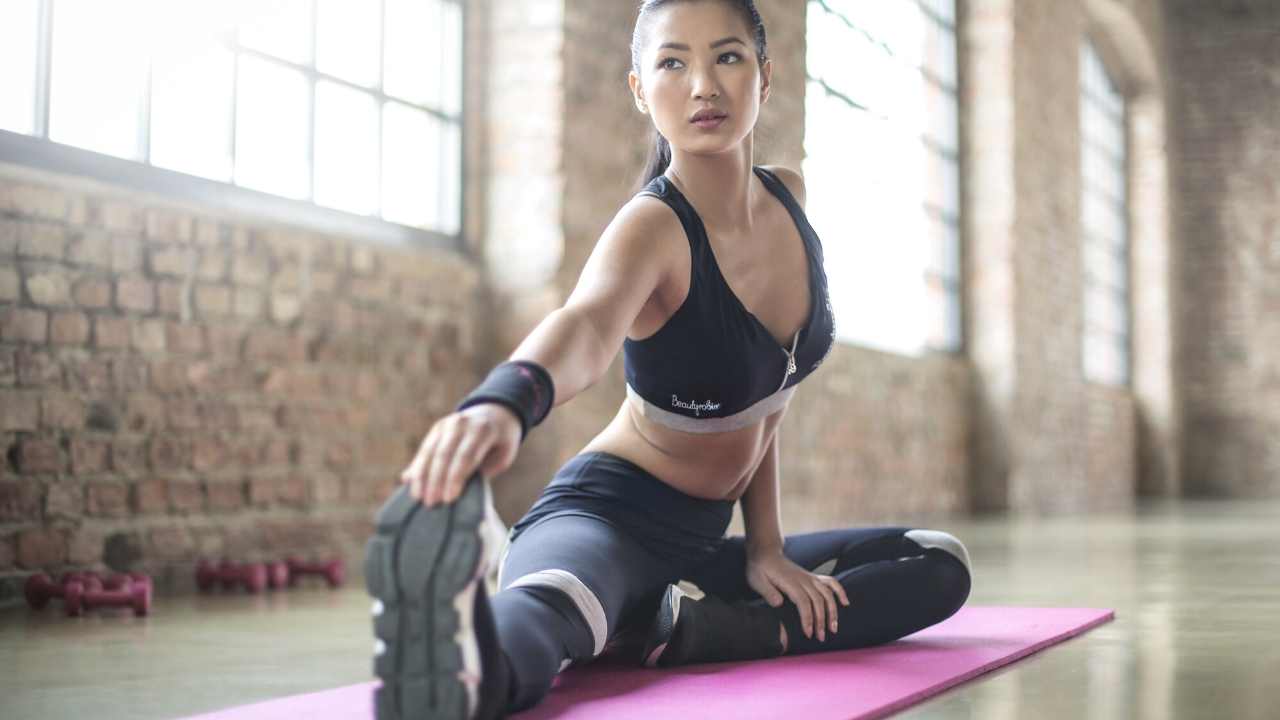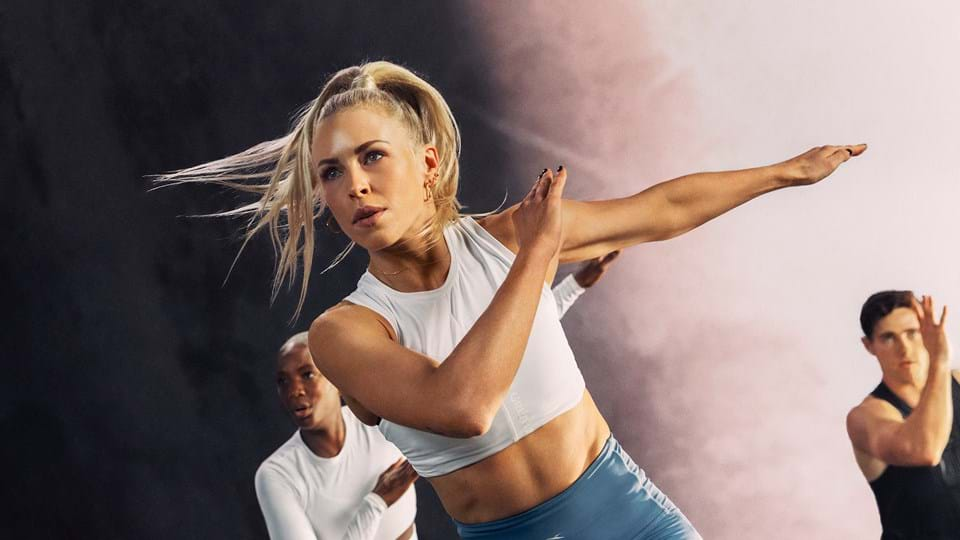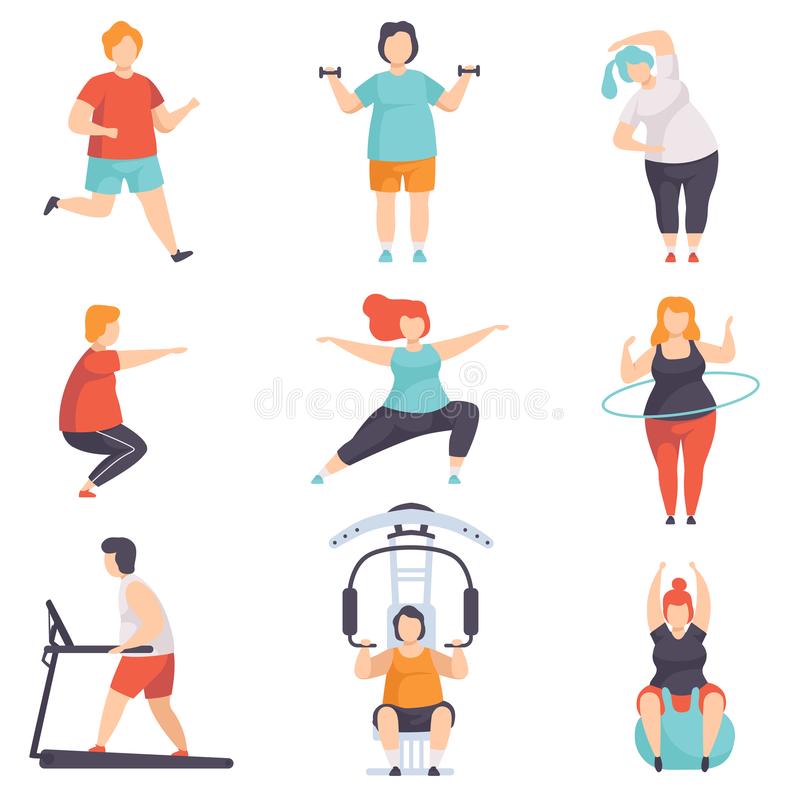
There are things you can do to get over your fear of the gym before you begin your workout. It is important to warm up before beginning any exercise. You will be able to prepare your body for exercise, and also lower your risk of injury. This will help reduce lactic acids buildup that can lead to cramps. It's also important to remember to stretch and walk in the same spot throughout your workout.
Don't over-extend yourself. Some exercises are dangerous without a spotter, so be sure to ask for a spotter before trying new moves. Avoid pushing yourself during your workout, as you'll only make yourself feel worse later. Instead, take a rest after your workout and treat yourself. You can always return later to your workout. If you are just starting out, it is a good idea to get started early and then increase the weight.

Cardio. Cardiovascular exercise is an essential part of the gym. It is important to alternate between your upper body and lower body when working out. If you're new to working out, try to go for a half-hour session during the first week or two of your training. If you find your workout is becoming repetitive or boring, it's time to change your routine.
For lifting heavy weights, dumbbells are a good option. Dumbbell pushups called dumbbell goblets because you are holding a glass. These exercises are great for building a strong body. Dumbbell Romanian deathlifts are an alternative to the bodyweight-squat. These exercises will help you build a strong and resilient body. These exercises can be integrated into your daily life.
Begin with a few simple exercises if you're new to the gym. You can then work on your upper-body with dumbbells, weightlifts, and other exercises. Your lower body is where you will build muscle mass. Therefore, you should concentrate on your lower body. To tone and build muscle, lift weights on the upper body. You want a toned upper body.

Try different equipment if you aren't sure where to begin your workout. Cable machines, such as the cable machine, can be used to train multiple muscle groups. Leg presses are great for building leg muscle. They target quads, hamstrings and glutes. These kettlebells, which come in a cannonball shape and have handles, are great for strength training as well as cardio.
After you have finished your workout, it is time to do a warm up and cool down. Your body does not warm up and cool off immediately so allow it to rest. There are many options for freeweights. One is TRX (Training with your own weight), which allows you use your body weight as a suspension system to lift. You can adjust the intensity of your workout with the treadmill, which is why it's the most popular piece.
FAQ
What's the difference between a calorie and kilocalorie?
Calories are units that measure how much food has energy. The unit of measurement is called a calorie. One calorie is the amount of energy required to heat one gram water one degree Celsius.
Kilocalories can also be used to refer to calories. Kilocalories can be measured in thousandsths of one calorie. 1000 calories, for example, equals one kilocalorie.
How does an anti-biotic work?
Antibiotics kill harmful bacteria. The treatment of bacterial infections is done with antibiotics. There are many types and brands of antibiotics. Some can be taken orally while others are injected. Others are topically applied.
People who have been infected with certain germs may need antibiotics. If someone has chicken pox, they might need to take an oral antibiotic in order to prevent shingles. Or, if someone has had strep throat, he or she might receive an injection of penicillin to help prevent pneumonia.
Children should not be given antibiotics without the consent of a doctor. Children are at greater risk than adults for developing serious side effects from taking antibiotics.
Diarrhea is one of the most common side effects of antibiotics. Other possible side effects include stomach cramps, nausea, vomiting, allergic reactions, headaches, dizziness, and rashes. These side effects are usually gone once the treatment is complete.
Here are five ways to lead a healthy lifestyle.
Healthy lifestyles include eating right, exercise regularly, getting enough rest, managing stress, having fun, and eating healthy. You should avoid processed foods, sugar, or unhealthy fats. Exercise strengthens your muscles and helps you lose calories. Sleeping enough is good for memory and concentration. Managing stress reduces anxiety and depression. Fun keeps us happy and healthy.
How can I get enough vitamins
You can get most of the daily nutrients you need through your diet. Supplements can be helpful if you are lacking in any one vitamin. You can take a multivitamin supplement that contains all the vitamins you need. You can also buy individual vitamins in your local drugstore.
Talk to your doctor if you have concerns about your nutritional intake. For example, dark green leafy vegetables such as spinach, broccoli, kale, collard greens, turnip greens, mustard greens, bok choy, romaine lettuce, arugula, and Swiss chard are rich in vitamins K and E. Other good sources include oranges, tomatoes, strawberries, cantaloupe, carrots, sweet potatoes, pumpkin, and squash.
Ask your doctor to help you determine the right amount of vitamin. Your medical history and current health will help you determine the best dosage.
Statistics
- The Dietary Guidelines for Americans recommend keeping added sugar intake below 10% of your daily calorie intake, while the World Health Organization recommends slashing added sugars to 5% or less of your daily calories for optimal health (59Trusted (healthline.com)
- According to the Physical Activity Guidelines for Americans, we should strive for at least 150 minutes of moderate intensity activity each week (54Trusted Source Smoking, harmful use of drugs, and alcohol abuse can all seriously negatively affect your health. (healthline.com)
- WHO recommends consuming less than 5% of total energy intake for additional health benefits. (who.int)
- In both adults and children, the intake of free sugars should be reduced to less than 10% of total energy intake. (who.int)
External Links
How To
How to stay motivated and stick to healthy eating habits and exercise
Here are some motivational tips to stay healthy
Motivational Tips for Staying Healthful
-
Create a list of your goals
-
Set realistic goals
-
Be consistent
-
Reward yourself for reaching your goal
-
Do not give up even if you fail your first attempt.
-
Have fun